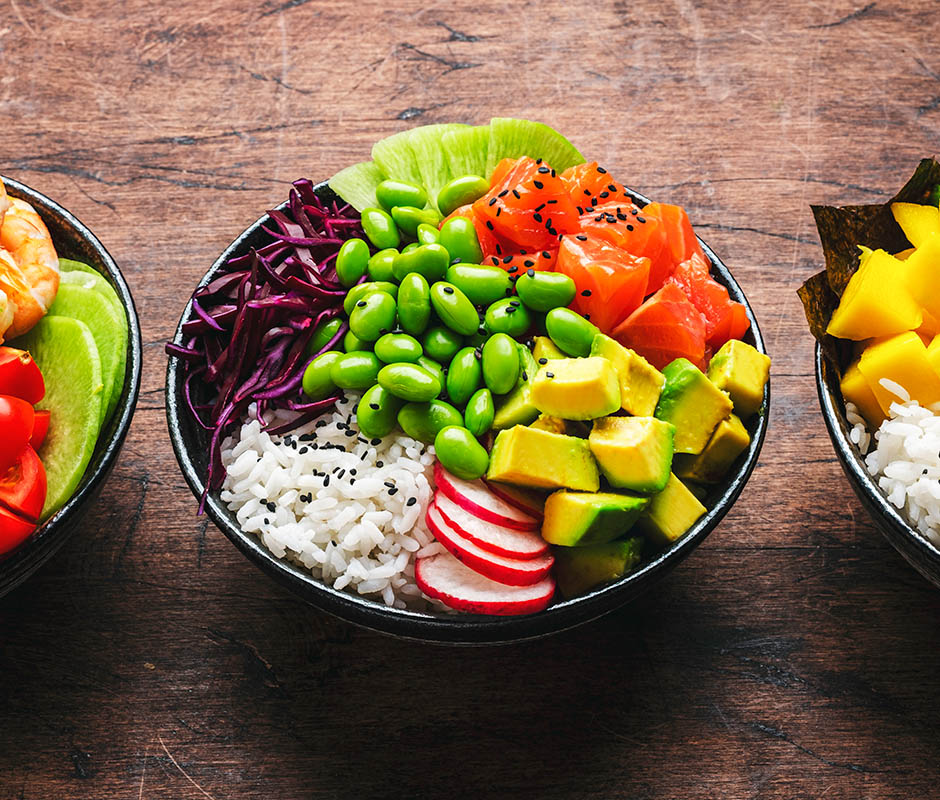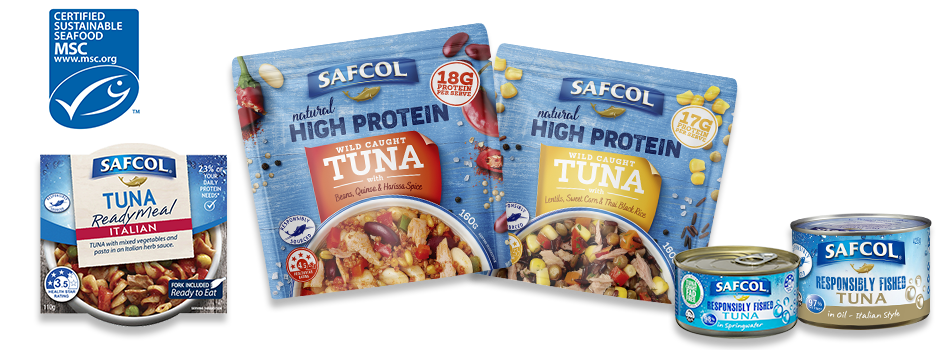HDL Cholesterol Promotes Better Muscle Function
Posted on : November 8, 2022
by Ashleigh Feltham Accredited Practising Dietitian and Accredited Nutritionist
There is a direct link between cholesterol and heart disease, but cholesterol is not always the bad guy. Cholesterol plays important roles, such as helping to make hormones. Cholesterol causes diseases like heart disease if the amount and type of cholesterol present in the blood are out of balance.
One type of good cholesterol is high-density lipoprotein (HDL). HDL transports cholesterol from the bloodstream back to the liver, keeping arteries clear of cholesterol for optimal heart health. HDL also supports the normal function of mitochondria in muscles. Mitochondria are the fuel or powerhouse of a cell; without mitochondria, the cell cannot function.
New research supports the impressive health benefits of HDL in the body. Researchers used a cross-sectional study design on 31 healthy adults without heart disease or diabetes. Forty-two percent were female, and the average age was 40. The average BMI was 23.9, which is classified as a normal weight.
Researchers found a significant correlation between HDL levels and muscle mitochondria function. In contrast to this finding, there was no correlation between mitochondria function and levels of blood glucose, insulin, or triglycerides.
The main protein in HDL is called apolipoprotein A-I. This protein helps mitochondria work by supporting the normal use of glucose in muscle cells. Apolipoprotein A-I increases how much glucose is used and converted into energy.
The beneficial role of apolipoprotein A-I in promoting mitochondria function has been supported in numerous studies. This includes research reporting higher apolipoprotein A-I levels resulting in a reduction in a marker linked to mitochondrial dysfunction called Fibroblast Growth Factor 21.
This research may explain why people who eat a diet low in HDL are less physically active. Conditions such as metabolic syndrome is one example of a group of individuals with low physical activity rates and HDL in their diet. It may offer a practical solution to help increase muscle function and activity to support the ability to exercise, which in turn helps improve overall health and well-being. Physical activity itself is linked to an increase in HDL.
The types of fats in your diet play a role in influencing cholesterol levels and types. Fats promoting more HDL include monounsaturated and polyunsaturated fats. Omega-3 is a polyunsaturated fat that helps to increase HDL. Omega-3 is an essential fat, meaning the body cannot manufacture it, so it must be obtained through diet.
Good sources of omega-3 include fatty fish, such as sardines, herring, mackerel, and salmon. One hundred grams of seafood is recommended two to three times a week.
Decreasing the second type of cholesterol, called low-density lipoprotein, in your diet also helps to increase the ratio of HDL. Aim to eat a diet rich in plant-based and whole foods. Try to include wholegrains like oats, nuts like walnuts, seeds like chia and linseeds, extra virgin olive oil, legumes and beans, vegetables and fruit.
Take home message
HDL is a type of cholesterol known to support heart health. HDL may also allow mitochondria in muscle cells to function optimally and increase your ability to exercise. Maintain a lifestyle and diet that promote optimal levels of HDL cholesterol — you may gain an extra spring in your step.

References:
- Giacona JM, Petric UB, Saldanha S, Smith SA, Rohatgi A, Vongpatanasin W. High-Density Lipoprotein is Independently Associated with Muscle Mitochondrial Function in Healthy Humans. FASEB J. 2022 May;36 Suppl 1. doi: 10.1096/fasebj.2022.36.S1.R2236. PMID: 35553872.
- Cartolano FC, Dias GD, Miyamoto S, Damasceno NRT. Omega-3 Fatty Acids Improve Functionality of High-Density Lipoprotein in Individuals With High Cardiovascular Risk: A Randomized, Parallel, Controlled and Double-Blind Clinical Trial. Front Nutr. 2022 Feb 23;8:767535. doi: 10.3389/fnut.2021.767535. PMID: 35281761; PMCID: PMC8905646.
- Lehti, M., Donelan, E., Abplanalp, W., Al-Massadi, O., Habegger, K. M., Weber, J., Ress, C., Mansfeld, J., Somvanshi, S., Trivedi, C., Keuper, M., Ograjsek, T., Striese, C., Cucuruz, S., Pfluger, P. T., Krishna, R., Gordon, S. M., Silva, R. A., Luquet, S., Castel, J., … Hofmann, S. M. (2013). High-density lipoprotein maintains skeletal muscle function by modulating cellular respiration in mice. Circulation, 128(22), 2364–2371.
- Kujala UM, Mäkinen V-P, Heinonen I, Soininen P, Kangas AJ, Leskinen TH, Rahkila P, Würtz P, Kovanen V, Cheng S, Sipilä S, Hirvensalo M, Telama R, Tammelin T, Savolainen MJ, Pouta A, O’Reilly PF, Mäntyselkä P, Viikari J, Kähönen M, Lehtimäki T, Elliott P, Vanhala MJ, Raitakari OT, Järvelin M-R, Kaprio J, Kainulainen H, Ala-Korpela M. Long-Term Leisure-Time Physical Activity and Serum Metabolome. Circulation. 2013;127:340–348.



